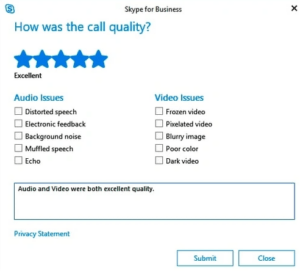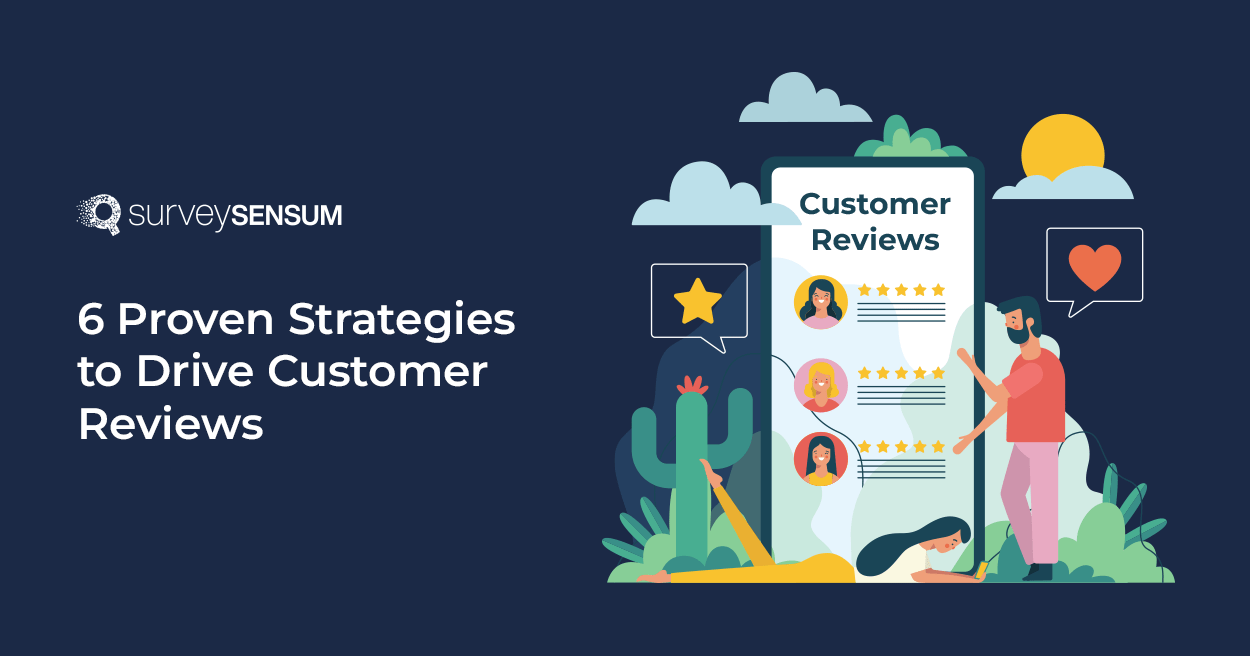

According to Power Reviews, virtually every online shopper reads reviews. And why shouldn’t they? In the world of online shopping, where the touch and feel of a product are absent, customer opinions hold significant sway. This is something you can easily experience in a physical store, but the virtual realm requires a different approach.
Interestingly, over 80% of millennials express skepticism towards traditional advertisements. Their social media feeds are inundated with ads, leading to a certain level of fatigue.
However, peer reviews bring a refreshing change. They resemble personal recommendations. The insights shared by fellow shoppers provide a glimpse into whether a purchase is justified or not.
In the digital landscape, your business model doesn’t matter. Online reviews wield substantial influence. especially for services that write papers for money. However, the challenge lies in gathering substantial customer feedback. Students, in particular, represent a significant segment of the demographic that relies on online reviews, including those seeking dissertation assistance service or a custom research paper for me As online educational resources, textbooks, and learning tools like SimplBooks proliferate, students increasingly rely on peer reviews to inform their purchases.
At the end of the day, if a product has only a few reviews, potential customers will be on the fence, even if the overall rating is great. There’s a massive difference between a 5-star rating from 5 people and a 4.5-star rating from 150 people.
Add to this the fact that satisfied customers often remain silent about their positive experiences, while disgruntled customers are swift to voice their grievances. This imbalance tilts the scale towards negative reviews.
The ultimate goal, of course, is to amass ample customer feedback to instill trust and confidence among shoppers. So, the question is, how can you motivate customers to leave reviews?
As luck would have it, several methods can help you achieve this. One effective approach is to deploy a robust customer feedback platform and launch surveys at multiple touchpoints across the customer journey and ask for feedback.
But here are some things that you must take into consideration;
6 Proven Strategies to Drive Customer Reviews
1. Let’s Make Things Simple & Easy With Automation

First things first. You need to make sure that your review collection strategy is automated. Using review management software helps avoid the inconsistencies of manual work and saves time and effort that can be better used elsewhere. Automation not only tackles these issues but also facilitates scalability. As your daily review count grows, early implementation of automation prevents operational disruptions.
Customer Review Platforms like SurveySensum streamline the entire process. For instance, workflows are easily configured—once a customer receives a product through last-mile delivery, an automated survey gauges their delivery experience. Moreover, in the case of a detractor (negative review), the CX team is promptly notified via dashboard alerts. This expedites customer outreach, issue understanding, and timely resolution.
If you want, you can also consider use any of these customer feedback tools that focus on the customer journey and let you gather real-time feedback. Additionally, there are tools like Testimonial.to alternatives that let you collect video reviews in addition to text ones. This would enable you to collect valuable data and address pain points. Moreover, if you’re looking for workflow automation tools that also incorporate feedback collection and process streamlining, you might want to explore Kissflow alternatives. These platforms offer diverse features for managing business processes efficiently while integrating customer insights seamlessly. Some customers are used to platforms like Google Reviews for rating their experiences. Some people even go around their hometown and randomly review places, the only incentive being the ‘Local Guide’ label on the platform. That’s why you must have a Google My Business account and location ready. Even if you have to create for more than one GMB location, it will surely pay off, as this system also appears on Google Search, Maps, etc.
2. Can You Get Your Customer’s Honest Review?

While most shoppers are aware that reviews exist and they read through them, it does not mean that they will bother leaving one themselves.
A simple request to engage with the review system and contribute can go a long way. After customers receive their purchase, you can send an email and ask them to rate their experience by leaving a review.
You might catch someone leaving a positive comment on a social media post, showcasing the effectiveness of social media scheduling tools in fostering engagement. Why not ask this person to share their positive experience in more depth on a product page on the website?
Furthermore, utilizing email marketing platforms Mailerlite, Brevo or other email tools allows you to automate the process of reaching out to customers and tracking the effectiveness of your review requests. A well-crafted email, coupled with an enticing subject line tested through A/B testing, can greatly enhance your review collection rates. It’s essential to have a strong and well-crafted social media profile, as it significantly influences how your brand is perceived online. For example, exploring Facebook bio ideas can help create a compelling and engaging first impression.
It’s about making the most out of the available opportunities. When there is one to interact with a customer and ask them for a Tax Reduction Experts review, make it work in your favor.
3. Stay Connected With Your Customers Post-Purchase

Follow-ups are easy to set up once you have an automated review collection system in place.
The purpose behind following up on your request is to remind customers that they can and should leave a review.
It is possible that a recipient missed the original message asking them to leave a review. Alternatively, someone had to delay it because they were too busy and forgot. A reminder in such cases goes a long way.
You must write a very short and quick follow-up message, like, “Do you have 30 seconds to review our product?” Such type of short messages won’t take customers too much time, and they will be agreed to give a review. A summarizing tool can also aid you in here to write a quick and short follow-up message along with the help of an AI writing tool.
One thing to note about follow-ups is that while the method is effective, it can come off as pushy and impatient, potentially harming your chances of a positive response.
Gather Customer Review with SurveySensum – Sign Up For Free
4. Shape Your Next Move By Acting On Your Customer Feedback

Closing the feedback loop is effective because it reflects genuine interest in the business. When a brand engages with existing customer feedback, even those hesitant to review might reconsider. It becomes an encouraging signal that real connections are valued.
Furthermore, customers notice efforts to address issues in negative reviews. More than simple thank-you messages, responses demonstrate commitment to problem-solving.
Think about a negative review. If ignored, customers might see the business as uncaring. But, when a business addresses it, it shows responsibility, improvement, and care. This strengthens customer belief that their satisfaction is valued, especially in the healthcare fields like telehealth appointments or medication management.
5. How About Simplifying the Process?

One of the main reasons behind the reluctance to leave reviews is how much of a hassle it takes. Or rather, the perception that the task is something complicated.
If so, review templates could be the solution. Instead of asking to write reviews from scratch, you can create a template and have the customers fill out the gaps.
They can copy the template to their device’s clipboard, paste it on an online text editor, fill out the information, submit the review, and clear the clipboard. How do you clear your clipboard if you don’t want the template to linger? That’s easy; you copy something else or restart the device.
In addition to templates, share examples of other reviews and provide a few focus bullet points that should be included in a review.
Another approach is to have a survey. The feedback comes in the form of selecting a rating, checking various boxes, and leaving a short message, though the latter is not necessary. An example from Skype below should give you an idea of what such a survey should look like:

6. Let’s Talk About Incentivizing Your Customers

Incentives are arguably the most effective way to encourage customer reviews. It’s easier to find motivation when you can get something in return.
Incentives can range from simple freebies like discount vouchers and free shipping to custom-made merchandise, or buyer account upgrades with exclusive perks, such as a priority for limited products or early access to new stuff. You can also provide exclusive promo codes to encourage your customers.
Various incentives, especially financial ones, will significantly boost the quantity and quality of your reviews. Don’t forget about the widely popular practice of creating UGC content as well, which stimulates customers to share their experiences naturally and organically.
Some companies go as far as raising money for charities and donating them for reviews they receive. A business that gives back to the community comes off well and incentivizes customer participation.
Finally, there’s the option to run contests. For instance, rewarding the best weekly review for its value, originality, depth, or other categories.
Conclusion
To sum it all up, customer reviews are a valuable asset to businesses.
Both negative and positive customer feedback have their uses. The former helps address the business’s pain points, whereas the latter builds trust and drives revenue growth.
The strategies mentioned in this article should be enough to create a customer review collection strategy.
However, don’t forget that it will all be in vain if your customer service and product are not good enough. Or, rather, you will drown in negative reviews, and it will not take too long before you are out of business, so be sure to remember that.
About the Author:
Justas Markus is a dynamic professional who excels in bringing qualified leads to a business.
He is a contributor to popular publications like Born2Invest and Influencive and the Co-founder & CEO at GetFound XL.















